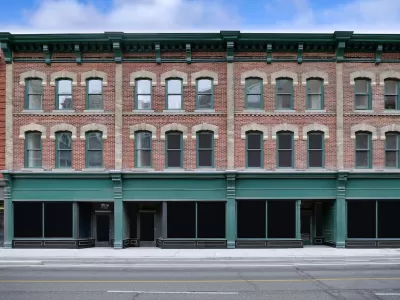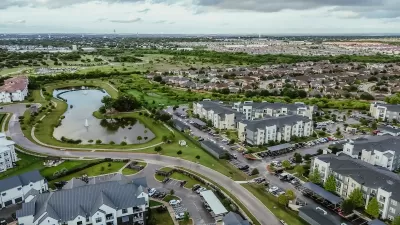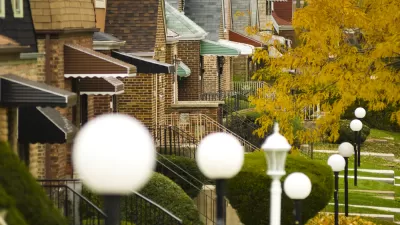The myth that there are plenty of vacant housing units in U.S. cities comes from misconceptions about leasing timelines and developer incentives.

In a piece for Greater Greater Washington, Patrick McAnaney, an affordable housing developer, contradicts the belief that there are enough vacant housing units in the United States to fulfill demand, if only housing was distributed more effectively.
According to McAnaney, “Some level of vacancy is necessary for any functioning real estate market. If there were no vacant units available, finding a home to rent or buy would be impossible. Yet a large number of vacant units can also be a problem, as it indicates an oversupply.” Historically, vacancy rates hover at roughly 7 to 8 percent. A higher vacancy rate gives renters more leverage, while a low vacancy rate forces them to compete and gives landlords more power.
McAnaney explains that brand new apartment buildings typically take around two years to reach ‘stabilization,’ where the vacancy rate hovers at around 6 percent. “This typical lease-up period can lead to a common misconception by outside observers: A new building with high levels of vacancy is perceived as proof more homes didn’t need to be built.”
As of October 2024, the national vacancy rate was 6.8 percent. In Washington, D.C., the rate is 5.3 percent. In McAnaney’s opinion, “There is simply no compelling evidence that a surplus of vacant homes exists, especially in high-cost cities, like the District. Rather, ‘vacancy trutherism’ is largely based on misconceptions regarding lease-up timelines and economic incentives for newly constructed buildings.” In McAnaney’s assessment, “Adding new supply drives up the vacancy rate to the point where it blunts or even reverses price increases.”
FULL STORY: Debunking the vacancy myth

Planetizen Federal Action Tracker
A weekly monitor of how Trump’s orders and actions are impacting planners and planning in America.

Congressman Proposes Bill to Rename DC Metro “Trump Train”
The Make Autorail Great Again Act would withhold federal funding to the system until the Washington Metropolitan Area Transit Authority (WMATA), rebrands as the Washington Metropolitan Authority for Greater Access (WMAGA).

The Simple Legislative Tool Transforming Vacant Downtowns
In California, Michigan and Georgia, an easy win is bringing dollars — and delight — back to city centers.

The States Losing Rural Delivery Rooms at an Alarming Pace
In some states, as few as 9% of rural hospitals still deliver babies. As a result, rising pre-term births, no adequate pre-term care and "harrowing" close calls are a growing reality.

The Small South Asian Republic Going all in on EVs
Thanks to one simple policy change less than five years ago, 65% of new cars in this Himalayan country are now electric.

DC Backpedals on Bike Lane Protection, Swaps Barriers for Paint
Citing aesthetic concerns, the city is removing the concrete barriers and flexposts that once separated Arizona Avenue cyclists from motor vehicles.
Urban Design for Planners 1: Software Tools
This six-course series explores essential urban design concepts using open source software and equips planners with the tools they need to participate fully in the urban design process.
Planning for Universal Design
Learn the tools for implementing Universal Design in planning regulations.
Smith Gee Studio
City of Charlotte
City of Camden Redevelopment Agency
City of Astoria
Transportation Research & Education Center (TREC) at Portland State University
US High Speed Rail Association
City of Camden Redevelopment Agency
Municipality of Princeton (NJ)





























